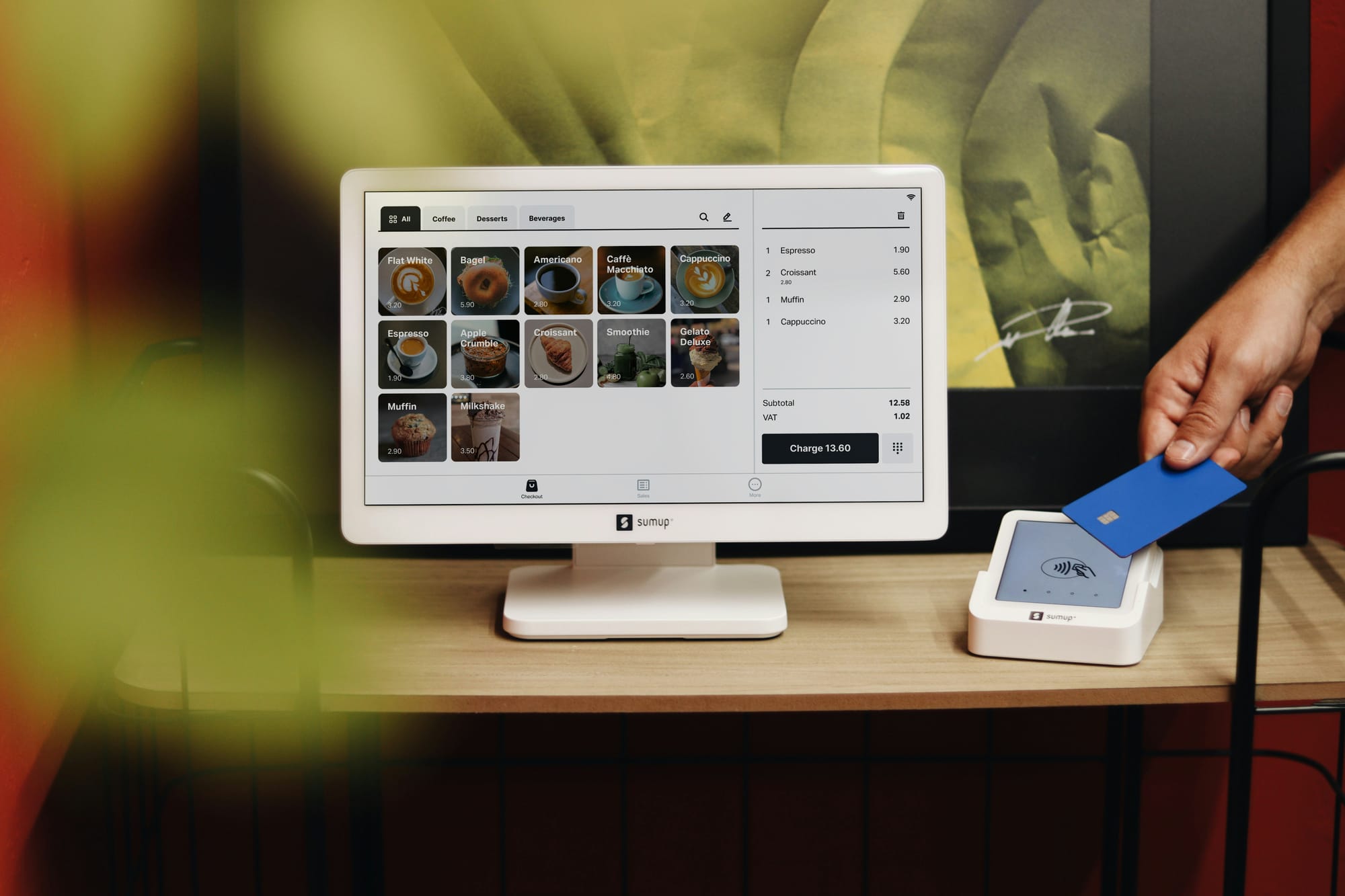How to harness personalization in digital marketing
In the increasingly competitive world of digital marketing, standing out from the crowd is crucial. One of the most effective ways to do this is through personalization. Personalization in digital marketing refers to the process of tailoring marketing efforts to individual customers based on their behaviors, preferences, and needs.By delivering content, offers, and messages that resonate personally with users, businesses can enhance customer engagement and drive better results.
This article will explore what personalized marketing is, provide personalized marketing examples, and discuss the benefits of personalization and customized targeting.
What is personalized marketing?
To understand personalized marketing, it's essential to recognize the shift from traditional, one-size-fits-all marketing and sales approaches to developing marketing strategies that focus on individual customers. Personalized marketing, also known as one-to-one marketing, involves using data and analytics to create targeted marketing messages that are tailored to each consumer's specific needs and interests.
This approach relies on collecting and analyzing data such as browsing history, purchase behavior, demographic information, and user preferences. Marketers can then harness this data to create customized experiences, whether through personalized emails, product recommendations, or targeted ads.
Benefits of personalization in digital marketing
The benefits of personalization in digital marketing are extensive and have positive impacts for both businesses and consumers. Here’s why personalization is becoming a key strategy for marketers:
Improved customer experience
Personalization helps create a more relevant and engaging customer experience. When consumers receive content and offers that align with their interests, they are more likely to engage with the brand. For example, a personalized email that recommends products based on a customer's previous purchases can make the shopping experience more convenient and enjoyable.
Higher conversion rates
Personalized marketing strategies are proven to increase conversion rates. By targeting specific customer segments with customized messages and offers, businesses can improve the rate of leads converting into customers. According to research, personalized emails deliver six times higher transaction rates than non-personalized ones.
Increased customer loyalty
When customers feel that a brand understands their needs and preferences, they are more likely to develop a sense of loyalty. This loyalty often translates into repeat purchases and long-term relationships. For example, a customer who consistently receives personalized recommendations and special offers is more likely to return to that brand over a competitor.
Better ROI on marketing spend
By focusing on specific customer segments with personalized messages, businesses can maximize their return on investment (ROI). Instead of wasting resources on broad, generic campaigns, companies can allocate their budgets more efficiently by targeting the right audience with personalized content.
Personalized Marketing Examples
Here are some examples that showcase how well-known brands are successfully implementing personalized digital marketing strategies:
Netflix - personalized email campaigns: email marketing remains one of the most effective channels for personalization. Netflix sends personalized emails to users, recommending shows and movies based on their viewing history. This approach not only increases engagement but also encourages users to spend more time on the platform.
Amazon - customized product recommendations: ecommerce giants like Amazon use personalized marketing by offering product recommendations based on a user's browsing and purchase history. This not only enhances the shopping experience but also drives additional sales by suggesting items that the customer is likely to purchase.
Spotify - dynamic website content: websites can use personalization to show different content to different users based on their behavior. Spotify personalizes its homepage by featuring playlists and music recommendations tailored to each user's listening habits.
Meta - targeted advertising: Meta’s social media platforms like Facebook and Instagram use data-driven targeting to show users ads that are relevant to their interests and online behavior. For example, if a user frequently browses fitness-related content, they are more likely to see ads for workout gear or health supplements.
Customized targeting: a deeper dive
Customized targeting is a critical component of personalized marketing, and it’s not difficult to implement. Closely aligned to building buyer personas, it involves segmenting your audience based on factors such as demographics, interests, purchase history, and online behavior. This segmentation allows businesses to create highly targeted marketing campaigns that speak directly to the needs and preferences of specific customer groups.
For example, an online fashion retailer might use customized targeting to segment its audience into groups such as "frequent shoppers," "bargain hunters," and "luxury buyers." Each group would then receive tailored messages and offers that align with their shopping habits and preferences. The frequent shoppers might get early access to new collections, while bargain hunters could receive discounts on sale items.
Customized targeting ensures that marketing efforts are focused on the right audience, increasing the chances of conversion and improving the overall effectiveness of campaigns.
Are you ready to get personal?
Personalization in digital marketing is no longer a luxury—it's a necessity for brands that want to succeed in a crowded market. Understanding personalized marketing is and implementing strategies like customized targeting can lead to significant benefits, including improved customer experience, higher conversion rates, increased loyalty, and better ROI. By embracing personalized marketing, businesses can create more meaningful connections with their customers, driving long-term growth and success.
-

Unlock the benefits of website personalization
-

E-commerce conversion best practices
-

Your ultimate Conversion Rate Optimization checklist
-

How to: complete a Conversion Rate Optimization audit
-

An easy guide to ecommerce website optimization
-

Your guide to Conversion Rate Optimization best practices
-

Landing page optimization - maximizing your conversions
-

Website performance optimization techniques to boost your online business
-

Benefits of website personalization for online businesses
-

How to improve your ecommerce checkout conversion

